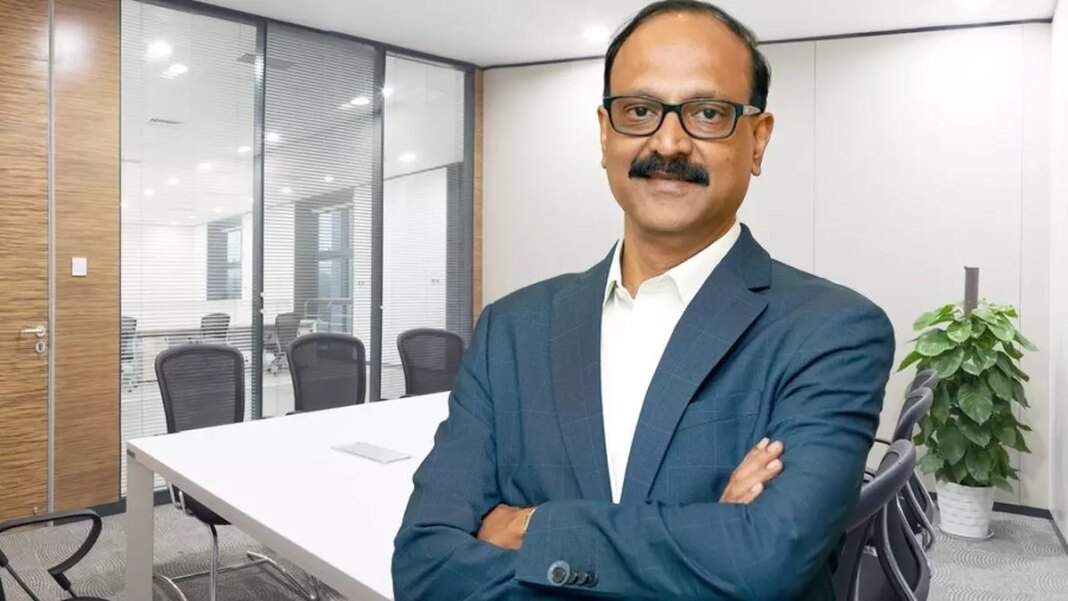Non-banking finance company (NBFC) major Shriram Finance aims to build up to ₹10,000 crore of supply chain finance loan book over the next 4-5 years and enter education loans market in the current fiscal, MD and CEO Y S Chakravarti tells businessline in an interaction. He gives guidance on asset quality, electric vehicle financing landscape and fund raise plans for the fiscal. Excerpts:
What is the growth expectation from new supply chain finance product?
Supply chain finance is a shorter term product and will not lead to much growth in assets under management (AUM). The advantage for borrowers will be lower cost of fund and they will not have to run around searching for working capital. We want to build ₹8,000 crore ₹10,000 crore of supply chain finance portfolio but it will take us about 4-5 years. We have started with the product and already have ₹800 crore portfolio.
Additionally, we will soon be launching education loans, not aimed at US market, but for students going to Australia, New Zealand, Singapore and few European countries. Secondly, we would also be focusing on people who want to upskill themselves in the country. We are not going to fund for master courses in India, because anyway banks are doing it. What banks are not doing actively is funding for skilling course. Some skilling courses cost as much as ₹3-4 lakh.
What was the reason for moderation in gold and personal loan segments in Q1 FY25?
The gold loan portfolio moderated because a lot of redemption happened in strong markets of Andhra Pradesh and Telangana. Personal loans are aimed towards customers who have already finished repaying their two wheeler loan. We realised that in personal loan business more than 50-60 per cent of volumes were going to micro and small businessmen, who were actually using funds to meet working capital requirement. And we are classifying it as personal loan, which is not correct.
Secondly, personal loan also cost more compared to business loan. So the lower growth in personal loan segment is essentially due to difference in classification. We are now trying to identify what is the end use and if there is proof of business, then we extend business loans.
Do you expect electric vehicle financing to pick up in India?
Unfortunately a lot of cash is still happening in EV segment but it will pick up. Majority of financial institutions were not comfortable funding this segment because there is no registration document specifically mentioning that the vehicle is EV. Because there is no registration, you have to treat it as a personal loan rather than other asset loan. It has to be treated as a personal loan and disbursed as personal loan. In high speed EV market, there are four-five major players dominating 70 per cent of market. Ola, Bajaj, TVS, Ether and today we have entered on agreement with all OEMs to fund not just EVs but cars also.
We don’t fund much passenger vehicles, there are a few vendors who we have funded for acquisition of EV vehicles. In August, EV two wheeler sales crossed 1 lakh mark. As the government has extended subsidy, it should cross 1 lakh mark and hit 1.2 lakh a month. So finance penetration is also slowly going up. But you need to understand that product and that there is no used EV two wheeler market in industry. This made lenders averse to funding EVs. With higher adoption by retail customers, gradually lenders are looking to fund such vehicles.
What is the guidance on overall AUM growth and NIM?
Our AUM will likely grow 15-18 per cent. Net interest margin should be around 8.9-9 per cent. So it won’t move by much. If our cost of funds move by up to 25 basis points (bps), we don’t pass on to customers and absorb the impact on our balance sheet. Beyond that only we will pass. Last 2 quarters, cost of funds moved up due to slight change in product mix. Two-wheeler and SME loans give better yield than other vehicle loan. I don’t think that funding cost will rise more as the US Fed has cut interest rate and we will have to follow eventually, at least by Q1 next year.
What are the capital raise plans for the fiscal?
The total plan for the year is to raise $1.25 billion-$1.5 billion, subject to regulatory approval as NBFCs can raise only up to $750 million via automatic route. We are sure will get the regulatory approval as we have raised close to $1 billion earlier and there is enough demand for our paper. The fund raise would be done via loans and bonds.
Guidance on asset quality?
Our gross and net NPAs could move by 5 bps at max. The kind of products we are in, 2-2.5 per cent net NPA would be comfortable, but credit cost would be around 1.9-2 per cent.
Published on September 27, 2024


